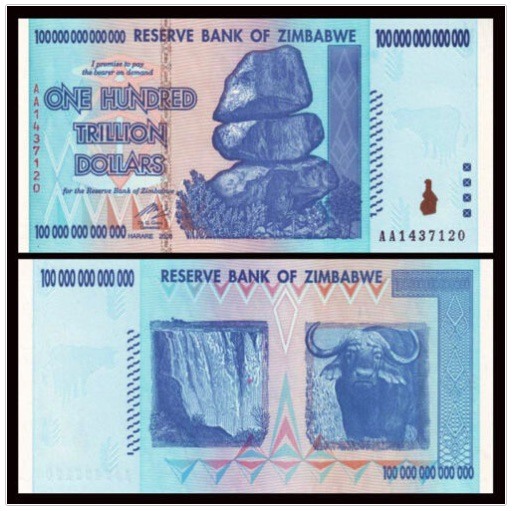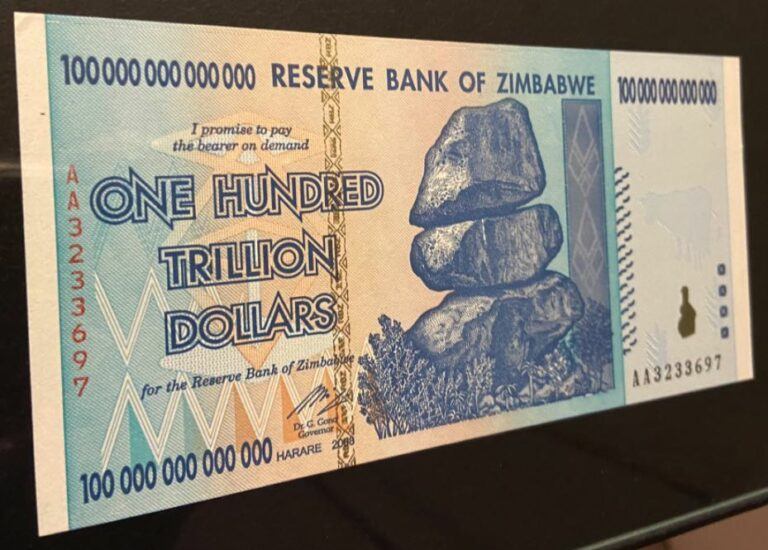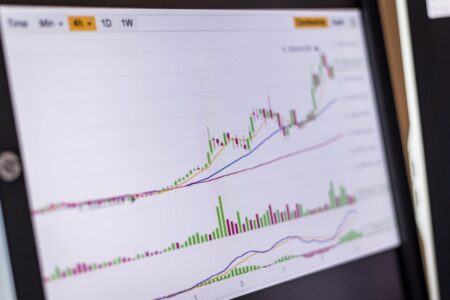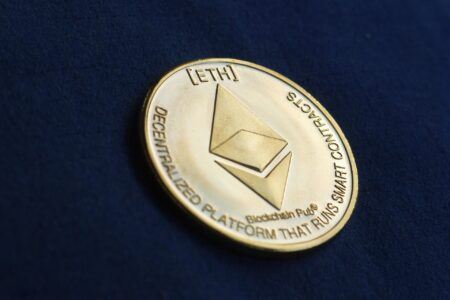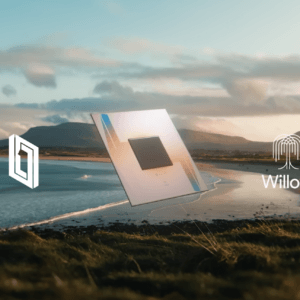On Thursday (January 7), the day that the price of Bitcoin went above $40,000 to set a new all-time high, highly successful investor and author Tim Ferriss asked his followers on Instagram “which developing country will be the first to embrace BTC (or other crypto) as a reserve currency.”
Ferriss has an impressive bio. He has been listed as one of Fast Company’s “Most Innovative Business People” and one of Fortune’s “40 under 40.” He is an early-stage technology investor/advisor (Uber, Facebook, Shopify, Duolingo, Alibaba, and 50+ others) and the author of five #1 New York Times and Wall Street Journal bestsellers, including The 4-Hour Workweek and Tools of Titans: The Tactics, Routines, and Habits of Billionaires, Icons, and World-Class Performers.
Yesterday, i.e. four days after Bitcoin’s 12th birthday, Ferriss posted on Instagram a photo of his Zimbabwean one-hundred trillion dollar note.
The Zimbabwean dollar was “the name of 4 official currencies of Zimbabwe from 1980 to 12 April 2009.” During this period, it was “subject to periods of above-average inflation, followed by a period of hyperinflation.” Its use as an official currency was “effectively abandoned on 12 April 2009.”
According to a report by CNN, Zimbabwe’s central bank issued the 100 trillion dollar note on 16 January 2009; in other words, it was introduced 13 days after the Bitcoin network went live with Satoshi Nakamoto mining the genesis block (i.e. block 0) of Bitcoin, which had a reward of 50 BTC.
The Reserve Bank of Zimbabwe said in a statement issued on that day:
“In a move meant to ensure that the public has access to their money from banks, the Reserve Bank of Zimbabwe has introduced a new family of bank notes which will gradually come into circulation, starting with the 10 trillion Zimbabwe dollar.“
Back on 16 January 2009, $1 was worth Z$1,000,000,000,000, and you needed Z$300 billion to buy a loaf bread. This means that this note was officially worth 100 U.S. dollars on the day it was introduced. On 2 February 2009, the currency was further devalued, making one U.S. dollar equivalent to 300 Zimbabwean dollars, making this note be worth only 33 U.S. cents ($0.33).
With that bit of recap of history out of the way, we can now get back to Tim Ferriss’s Instagram post.
Ferriss wrote:
“Zimbabwean dollars in 2008 = US dollars in 2040? Probably not, but looking at examples of ultra-inflation, the position of ‘that can’t happen to a reserve currency’ is wishful thinking.
“Reserve currencies have changed throughout history and will continue to change. Hell hath no fury like holders of a debased currency.”
He then posed the following question to fans of cryptocurrencies:
“Which developing country will be the first to embrace BTC (or other crypto) as a reserve currency, and when do you think it will happen?“
Here are a few of the early replies:
- “It was interest to live through that time. We LITERALLY carried money bags 💰 to buy bread and milk”
- “Not BTC… XRP”
- “Venezuela”
According to a May 2016 report by the Guardian, “in an extraordinary irony, the 100 trillion dollar note – a symbol of financial mismanagement on a colossal scale – has turned into one of the best-performing asset classes of recent years.” Currently, it costs around $80 to buy a mint condition uncirculated “Zimbabwe 100 Trillion Dollars” note on eBay.
